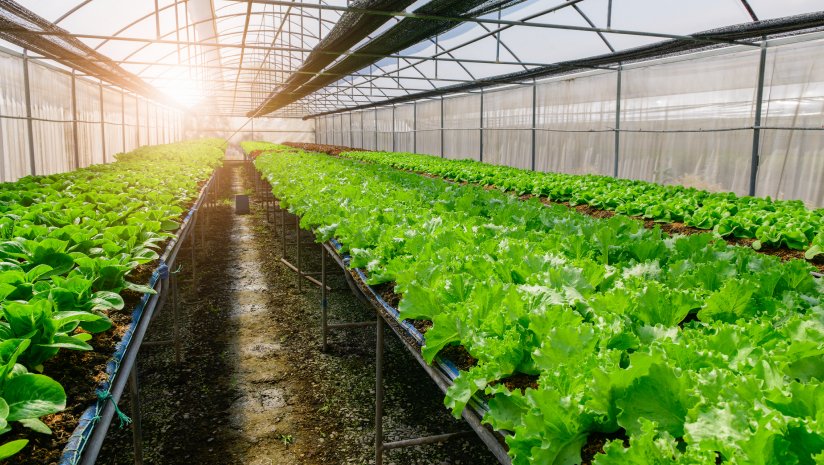



Article by: Hari Yellina (Orchard Tech)
Organic farming, an agricultural system that uses ecologically based pest controls and biological fertilizers derived largely from animal and plant wastes and nitrogen-fixing cover crops. Modern organic farming was developed as a response to the environmental harm caused by the use of chemical pesticides and synthetic fertilizers in conventional agriculture, and it has numerous ecological benefits. Compared with conventional agriculture, organic farming uses fewer pesticides, reduces soil erosion, decreases nitrate leaching into groundwater and surface water, and recycles animal wastes back into the farm. These benefits are counterbalanced by higher food costs for consumers and generally lower yields. Indeed, yields of organic crops have been found to be about 25 per cent lower overall than conventionally grown crops, although this can vary considerably depending upon the type of crop.